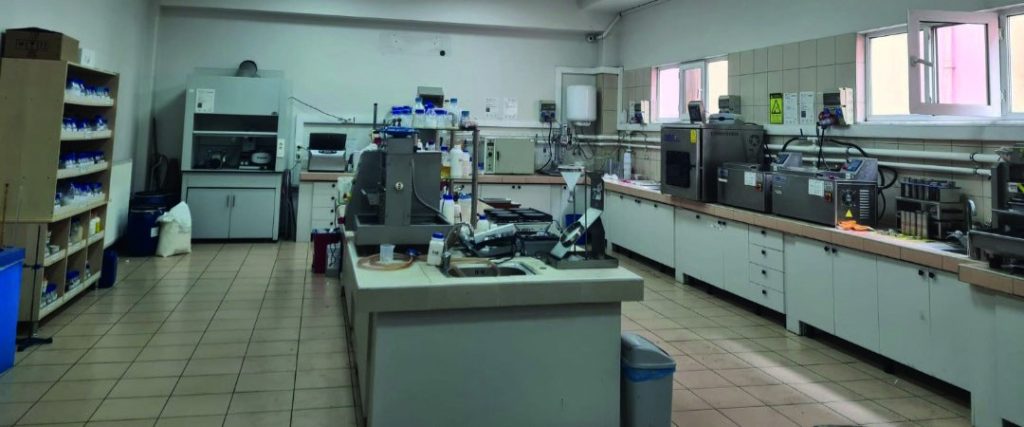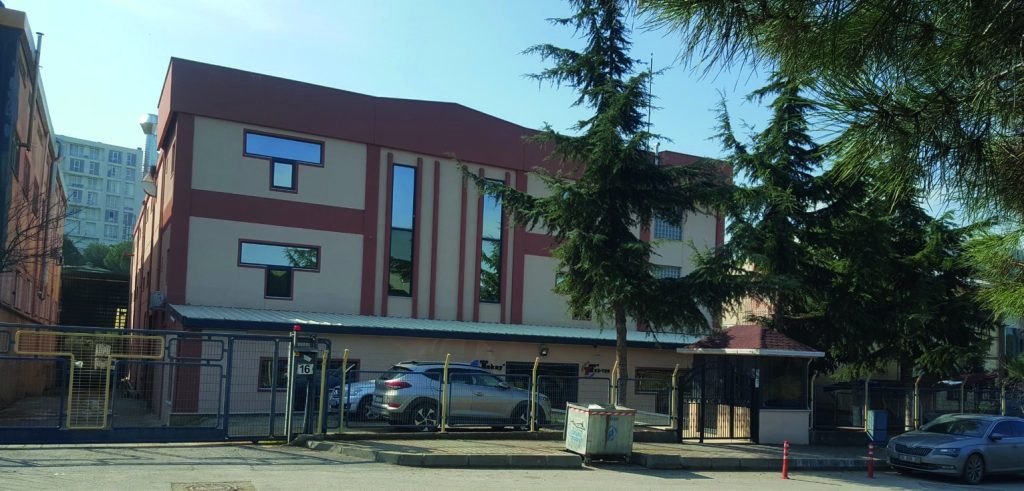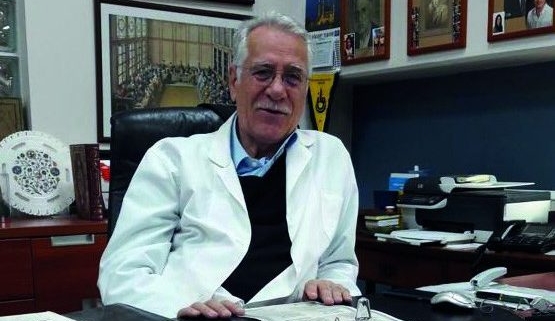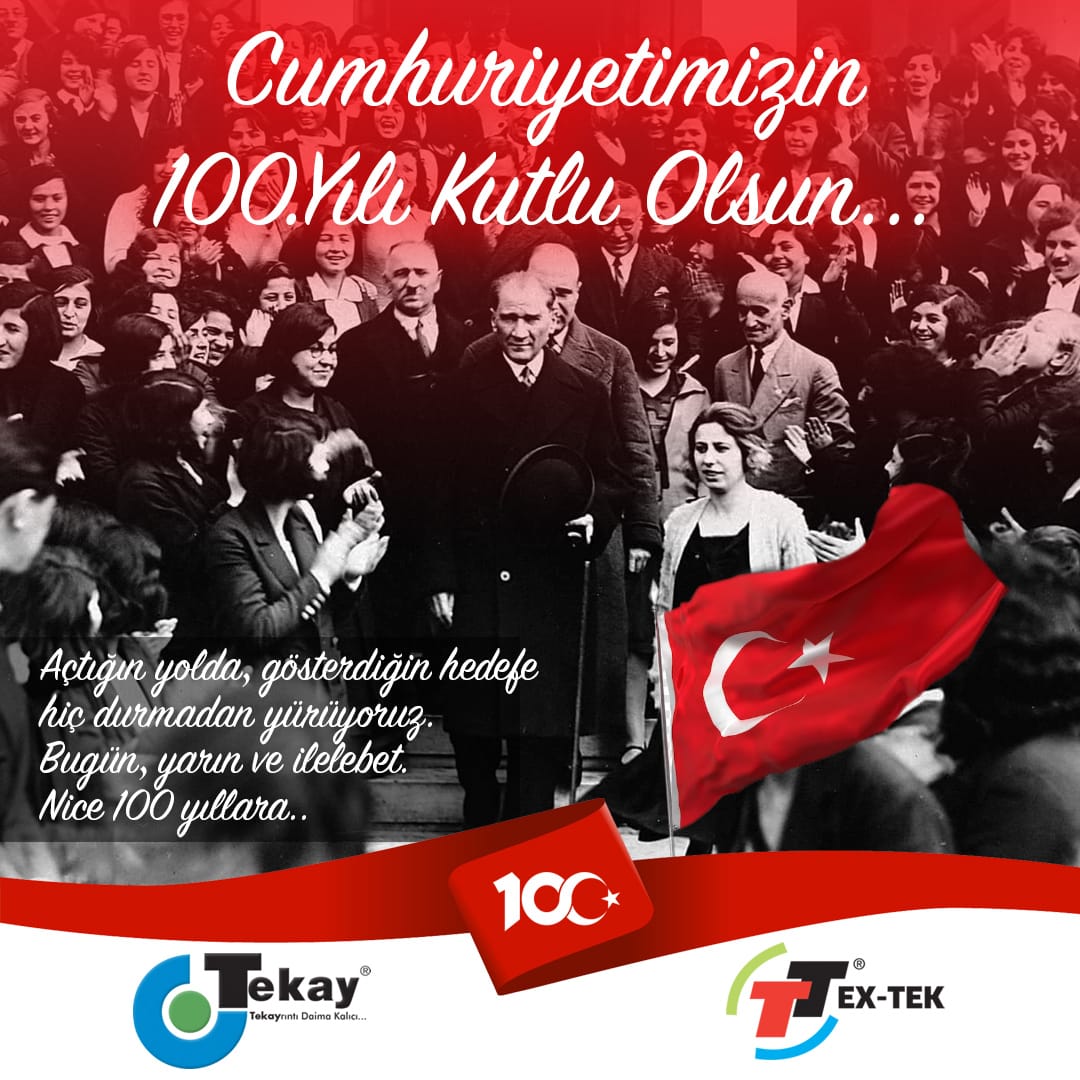“The key to transformation: Local resources and collective vision”
Ömer Ünsal, Chairman of the Board at Tekay Kimya, clearly outlines the structural problems currently facing the Turkish textile industry and proposes strategic solutions. According to Ünsal, prioritizing domestic cotton and polyester production, adopting environmentally friendly production as a professional responsibility, and strengthening public-private cooperation are the fundamental steps that will shape the future of the sector.
As Tekstil & Teknik magazine, we interviewed Tekay Kimya Chairman Ömer Ünsal as part of our special feature shedding light on the current state and future of the Turkish textile industry. We discussed a wide range of topics from overcoming sectoral bottlenecks to environmental responsibility.
The Turkish textile industry has been going through a challenging period in recent years. In your opinion, how should this process be managed? What should be the priority areas for solutions?
“First and foremost, we need a solution-oriented approach that acknowledges the evolution of the textile industry. Textile is not limited to apparel—it feeds many sectors from automotive to construction and footwear. This makes it strategically important. At the core of today’s problems lies raw material supply. Cotton is a strategic product for Turkey. A comprehensive program is needed to support cotton production and reduce costs. Likewise, synthetic fiber production, such as polyester, must be addressed. Additionally, access to finance should be made easier so that companies can balance labor costs and continue production. Businesses are currently experiencing serious capital constraints, which is hindering growth.”

Considering global developments, what is your view on overseas investments in our sector?
“The trade tension between the U.S. and China presents opportunities for the EU to diversify production. Our textile and ready-wear sector can strategically position itself by calmly tracking global trends. In past crises, Europe continued to buy products, but demand has since declined. Globally, the textile industry is now experiencing its toughest period, which brings with it the risk of contraction. Some suggest Egypt as an attractive investment destination, but investing there contributes little to our country. In fact, products made there are sold more cheaply than those produced in Turkey—there is a ‘country price’ reality. The solution, in my opinion, lies in finance. Businesses lack sufficient working capital. The reason is simple: A product that used to cost 1 lira now costs much more in a short time, but sales prices have remained the same or even decreased. This triggered the capital bottleneck, which worsened with rising interest rates and limited access to loans. As a result, companies have been dragged into very difficult circumstances. Exchange rate volatility has further complicated things for exporters, and obtaining credit has become increasingly difficult.”
How does your company differentiate itself in this increasingly competitive global environment?
“At Tekay Kimya, our differentiation strategy is built on developing innovative products, targeting new markets, and offering sustainable solutions. We also focus on creating new pricing models based on cost analysis and providing customized solutions for our clients. Competition today is no longer just about price—it’s also about value and environmental responsibility.”
Topics like sustainability, digitalization, and artificial intelligence are now central to the agenda. Can the Turkish textile industry keep up with this transformation?
“If we want to catch up with the future, employers and the public sector must act together. Self-serving mindsets are no longer sustainable. Environmentally responsible production is not a choice anymore—it’s a professional obligation. Education plays a major role in this regard. The Ministry’s initiatives targeting technical high schools are promising. Since Minister of Industry and Technology Mr. Fatih Kaçır took office, there has been renewed momentum to develop and expand technical schools. This is essential for the continuity of businesses. Looking at developed countries, Germany is a prime example. We must guide future generations toward high value-added and technologically advanced products. We need to further strengthen our capabilities in education, branding, design, R&D, and sustainability. Goals should include developing innovative products, targeting new market routes, identifying new customer groups, and creating new pricing models through cost analysis.”





